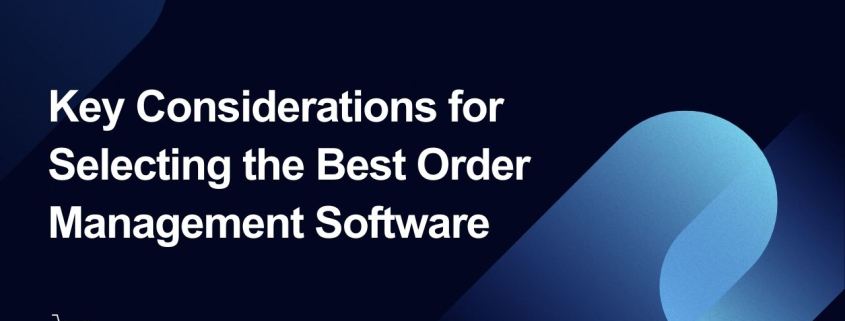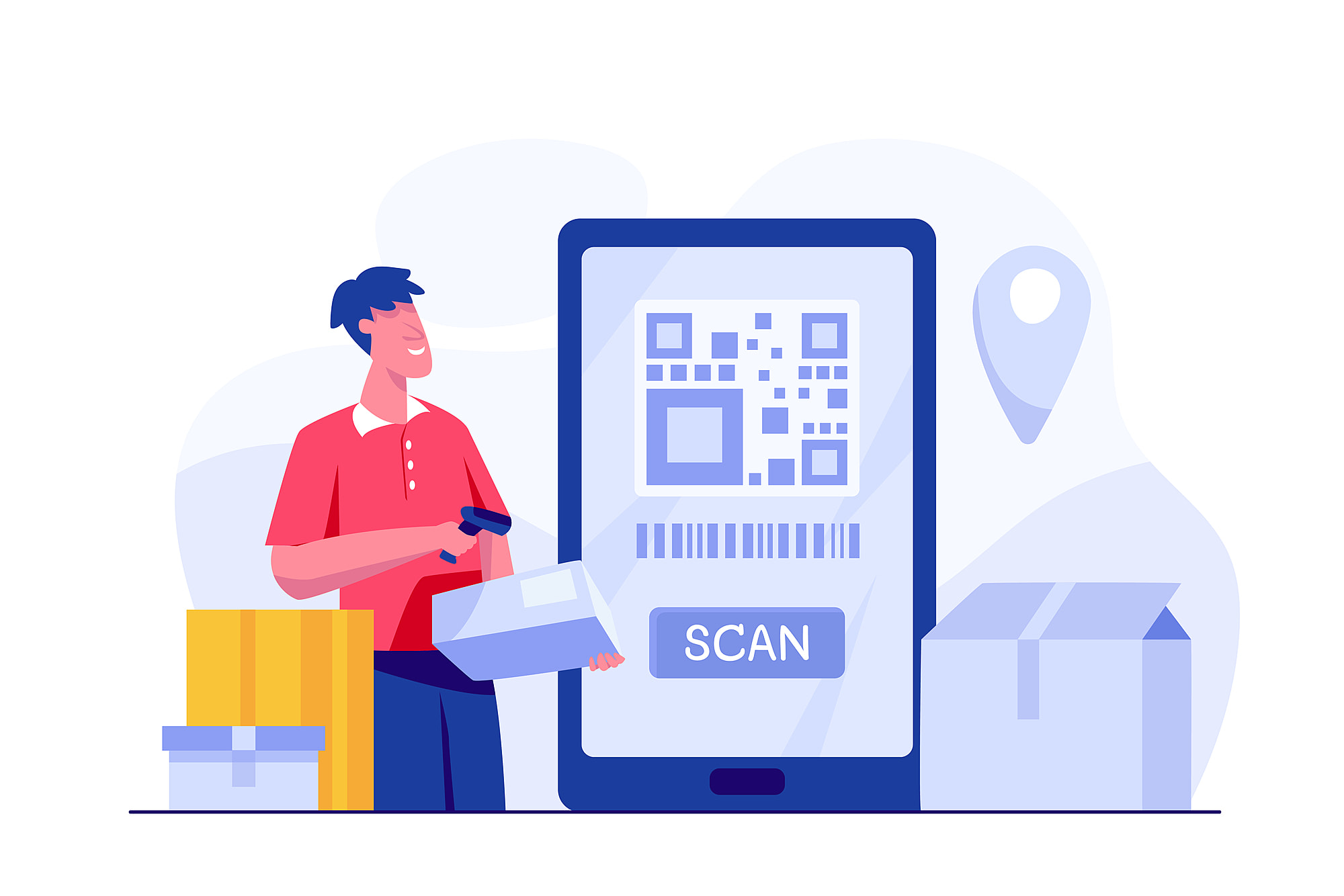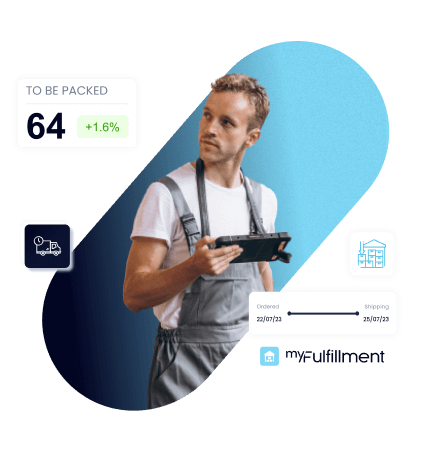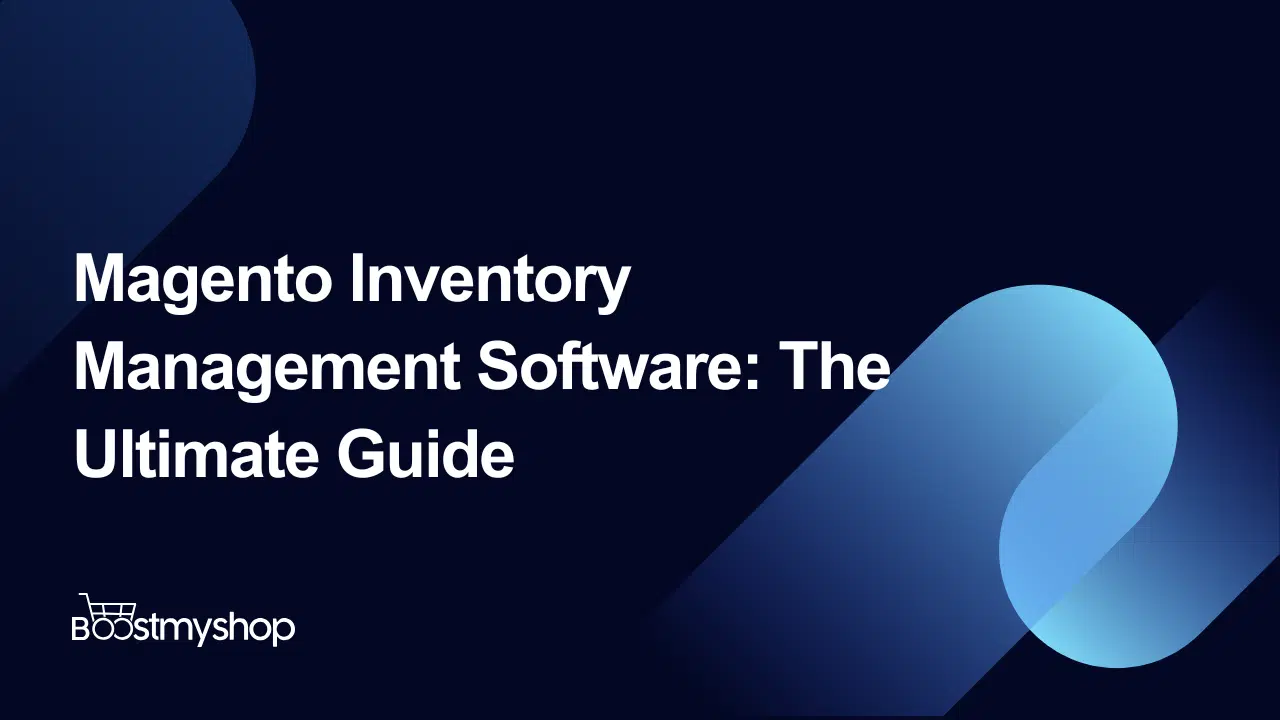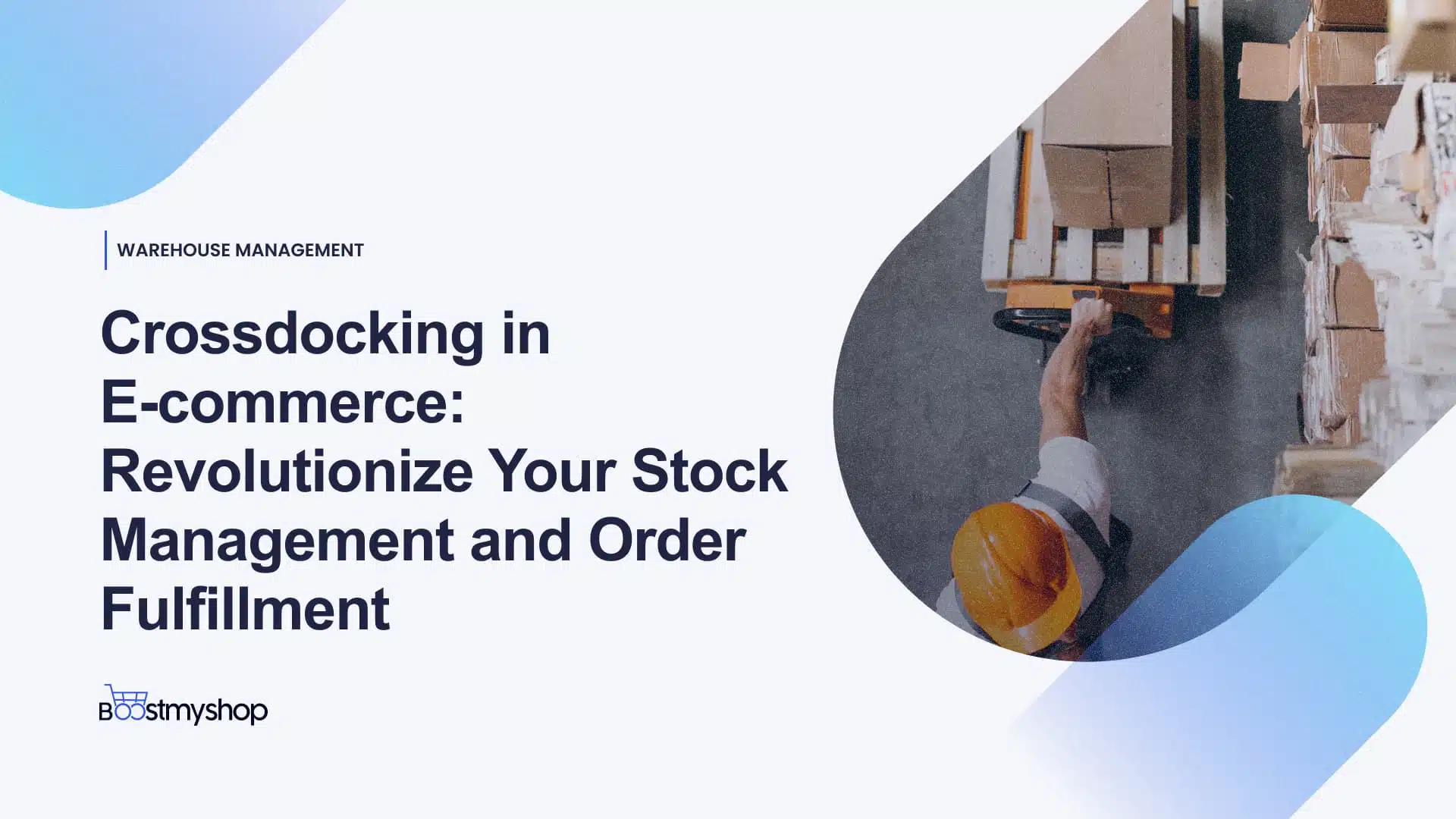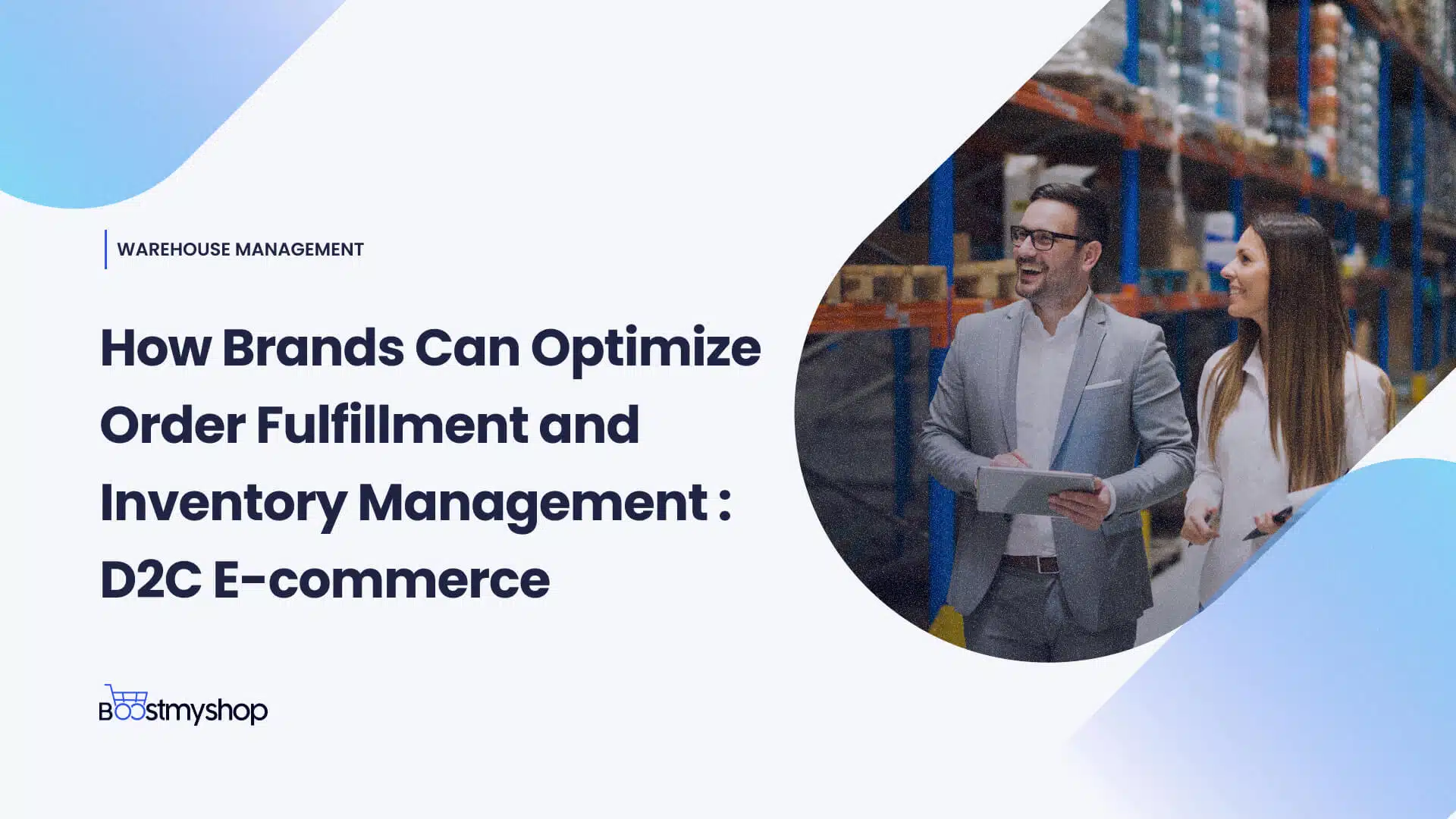Key Considerations for Selecting the Best Order Management Software
An efficient order management software is the backbone of a successful ecommerce operation. It’s the silent hero that ensures orders are processed seamlessly, inventory is well-maintained, and customers receive their products on time. Without a robust OMS, even the best products and marketing strategies can fall short in delivering a stellar online shopping experience
Since order management plays a pivotal role, not only in ensuring the smooth flow of transactions but also in enhancing the overall customer experience. Let’s delve into the key considerations that can guide you in selecting the best order management software (OMS) for your business.
Understanding the Importance of Order Management
Order management is the central nervous system of your online retail operation. It orchestrates the entire order lifecycle, from the moment a customer places an order to its delivery. This encompasses order processing, inventory management, and logistics coordination.
Streamlining operations and enhancing customer experience: A robust OMS streamlines your business operations, reducing errors, and minimizing the risk of overselling or delayed shipments. Ultimately, it translates into a seamless and satisfying shopping experience for your customers.
Assessing Your Business Needs
To select the ideal Order Management Software (OMS) for your ecommerce business, the first step is a critical one: assessing your unique business needs. This step lays the foundation for a seamless OMS implementation tailored to your operations. Let’s delve into how to approach this vital assessment process.
Determining your order volume and complexity: Before choosing an OMS, assess the volume of orders your business handles. Different systems cater for various scales of operation. You need a system that can manage your specific order load and complexity.
Identifying specific challenges in your current process: What pain points do you currently face in your order management? Are there bottlenecks or inefficiencies that need to be addressed? Identifying these challenges will guide you in selecting an OMS with the right features.
e.g., If you’re grappling with time-consuming manual order data entry, it’s a clear pain point. These bottlenecks and inefficiencies underscore the need for an OMS with robust automation features, ensuring smoother order processing and higher accuracy.
Integration requirements with existing systems: Consider your existing software and systems, such as your e-commerce platform, accounting software, or CRM. Your OMS should seamlessly integrate with these systems to ensure data consistency and streamline your workflow.
Scalability and Growth Potential
Your business is likely to grow. Ensure your OMS can scale with you. It should handle not only your current order volume but also accommodate future growth without requiring a costly overhaul.
Ensuring the OMS can handle increased orders: Your OMS should be able to adapt to spikes in order volume during peak seasons or promotional events. Scalability is crucial to avoid bottlenecks during high-demand periods.
User-Friendly Interface
A user-friendly OMS saves time and minimizes the learning curve for your team. An intuitive dashboard and navigation ensure that your employees can quickly grasp the system’s functions.
User training and onboarding: Consider the ease with which your staff can be trained to use the OMS. The quicker they can become proficient, the faster your business can benefit from its features.
Automation and Workflow Efficiency
Automation can significantly reduce manual tasks, eliminating errors and accelerating order processing. Look for an OMS that offers automation features such as order routing and inventory updates.
Customizable workflow to suit your business: Every business has unique processes. Your OMS should allow you to customize workflows to match your specific business needs, ensuring optimal efficiency.
Real-time order tracking and updates: Real-time tracking of orders and updates for both your team and customers enhances transparency and customer satisfaction. Your OMS should provide these features.
Integration Capabilities
Compatibility with various ecommerce platforms:
Your OMS should seamlessly integrate with popular e-commerce platforms like Shopify, WooCommerce, Magento, and others. This ensures a smooth flow of data between your sales channels.
Third-party software integrations (payment gateways, inventory management, CRM): Consider the third-party software your business relies on, such as payment gateways, inventory management systems, and customer relationship management (CRM) software. Your OMS should integrate with these to avoid data silos. More importantly, the shipping platforms (e.g., Sendcloud )or multiple carrier integrations to deliver your orders.
Also, real-time data synchronization is crucial for accurate inventory management and order tracking. Make sure your OMS can provide this level of synchronization.
Data Security and Compliance
Protecting customer and business data: Data security is paramount. Your OMS should have robust security measures in place to protect sensitive customer and business data from breaches or unauthorized access.
Compliance with data protection regulations: Ensure your OMS complies with data protection regulations relevant to your business, such as GDPR or CCPA. Non-compliance can lead to legal issues and reputational damage.
Disaster recovery and backup solutions: Data loss can be catastrophic. Look for an OMS that offers robust disaster recovery and backup solutions to ensure the continuity of your operations.
Cost Considerations:
Initial setup and licensing costs: Understand the initial costs involved in implementing the OMS, including licensing fees. Ensure it fits your budget.
Ongoing maintenance and support fees: Consider the long-term costs, including maintenance and support fees. These ongoing expenses should align with your financial strategy.
Hidden or additional costs (customization, upgrades, third-party integrations): Be aware of potential hidden or additional costs. Customization, system upgrades, and third-party integrations can all impact your budget.
Vendor Reputation and Support
Researching OMS providers: Thoroughly research potential OMS providers. Evaluate their track record, reviews, and case studies to ensure they have a strong reputation.
Seeking recommendations and referrals: Word of mouth can be a valuable resource. Seek recommendations and referrals from other businesses in your industry or network.
Assessing customer support and service level agreements: Effective customer support is crucial. Assess the quality of support offered by the OMS provider, including service level agreements and response times.
Making the Final Decision
Create a list of OMS options that meet your requirements and carefully weigh the pros and cons of each. Consider factors like features, cost, and scalability.
Conducting trials or demos: Whenever possible, engage in trials or demos of the OMS. Hands-on experience can reveal how the system works in practice.
Budget and ROI analysis: Perform a detailed budget analysis, factoring in all costs and potential returns on investment (ROI) that the OMS can bring to your business.
Implementation and Training
Plan the implementation of your chosen OMS methodically, including timelines and responsibilities. A well-structured implementation process is key to success.
Invest in training and onboarding for your employees to ensure they can effectively use the new OMS and maximize its benefits.
Continuously monitor the performance of your OMS, identifying areas for improvement and optimization as your business evolves
Evaluating Ongoing Performance
Consistently assess the efficiency of your OMS. Identify bottlenecks or areas of improvement, and address them promptly.
Involve your team in providing feedback on the OMS. Their insights can be valuable in making necessary adjustments and enhancements.
As your business expands, ensure that your OMS can scale further to accommodate increased order volume and complexity.
Order Management Software Recommendation: Boostmyshop myFulfillment
“Taking into account all the essential criteria, we highly recommend Boostmyshop myFulfillment as an exemplary Order Management Solution. With over a decade of reliable service to merchants worldwide, it has proven its capability in enhancing e-commerce operations.
Recognize that order management software forms the essential backbone of your online business. It is not merely a choice; it’s a strategic investment in the future of your enterprise. By selecting the right system, you pave the way for streamlined operations, heightened customer satisfaction, and the propulsion of your e-commerce venture to unparalleled success.”
